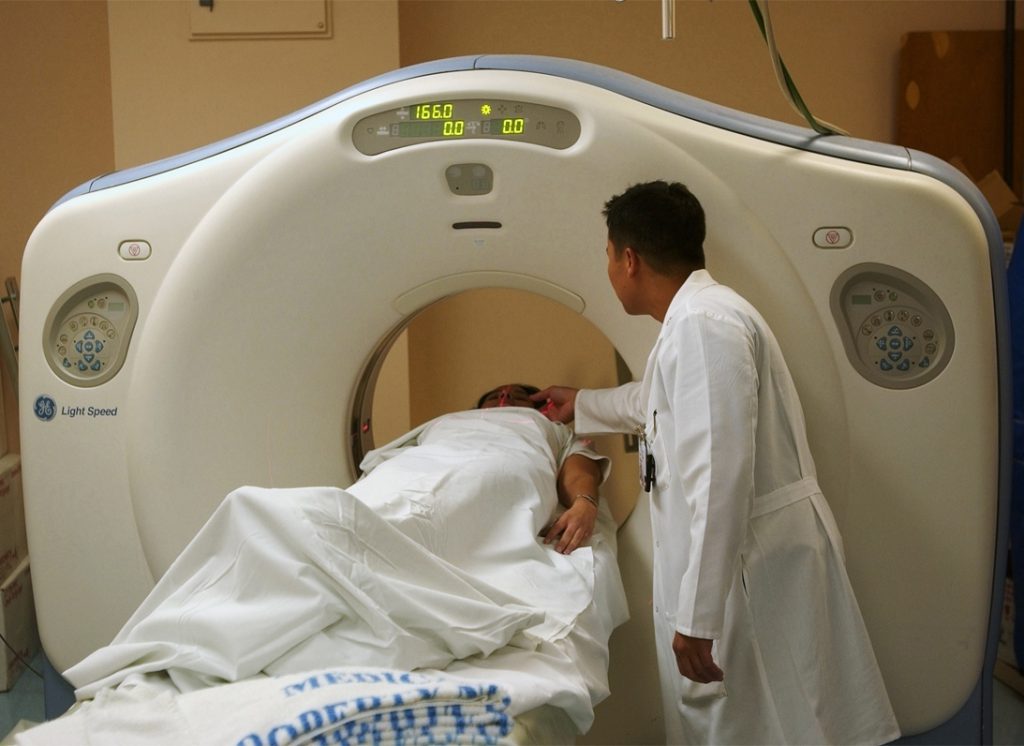New linear accelerators can cost a medical facility between 1 and 5 million dollars. The expense of owning a LINAC does not stop once it has ben purchased. There are items outside of the actual equipment purchase such as a simulator, training computers, treatment rooms, salaries, ongoing training, operation expenses, maintenance, repairs, and more. The total cost of large scaled medical equipment is never one that should be underestimated. Whether you are installing a brand new or refurbished linear accelerator, installing a LINAC for the first time, or replacing an existing one there are three tips the professionals at Acceletronics want to give you.
Step One – Plan, Plan, and Plan Some More
The installation planning process for a linear accelerator takes between six months to eight years. The length of time for planning your project can span almost any length of time.
- When planning new technology, you will first want to establish the technology that you need in order to treat patients. What types of cases will you be treating? Consider the options IMRT, IGRT, and so on.
- If you are installing a linear accelerator in new construction, you will want to consider the constraints that come along with that. What local permits do you need, do you have the proper power supply needed for this large scaled equipment, are there constraints that will limit your installation? If you are renovating a space consider the rooms constraints, size, location of isocenter and so forth.
- Create a timeline for major milestones. When will the vault be completed, when are vendors scheduled to install computers? When planning these things consider potential areas where conflict can occur and come up with a backup plan.
- Once the goals are established, a budget is needed to acquire the new equipment. Consider other aspects as well such as training, equipment needed to run the LINAC and treat patients, and the extra items that can be forgotten about when focusing on the large scaled purchase.
Step Two – Hire Based on Experience
When hiring a team of professionals, it is crucial that you hire experts. Experts are needed for designing the vault, construction, providers of equipment and supplies, IT support, clinical implementation teams, and such. Don’t trade cost for quality. Sometimes a little bit more money now can save you a great deal of money later on down the road. Ask for references when working with different vendors. Hire only those vendors that understand the collaboration effort needed to install medical equipment such as CT Scanners and Linear Accelerators.
Step Three – Commit to Quality
When buying a used or refurbished linear accelerator there is a three-step process that you should follow to ensure you get a machine that meets your needs and beyond. These steps include: a review of the LINAC’s service history (look at major service events such as waveguide replacement), review the machine’s utilization and beam hours, and perform a physical inspection of the machine.
As an independent LINAC service company, Acceletronics is dedicated to delivering the best equipment performance and services for linear accelerators and CT scanners across all major brands and models, as well as new and refurbished LINAC systems for sale. More information can be found online at https://www.acceletronics.com/.

